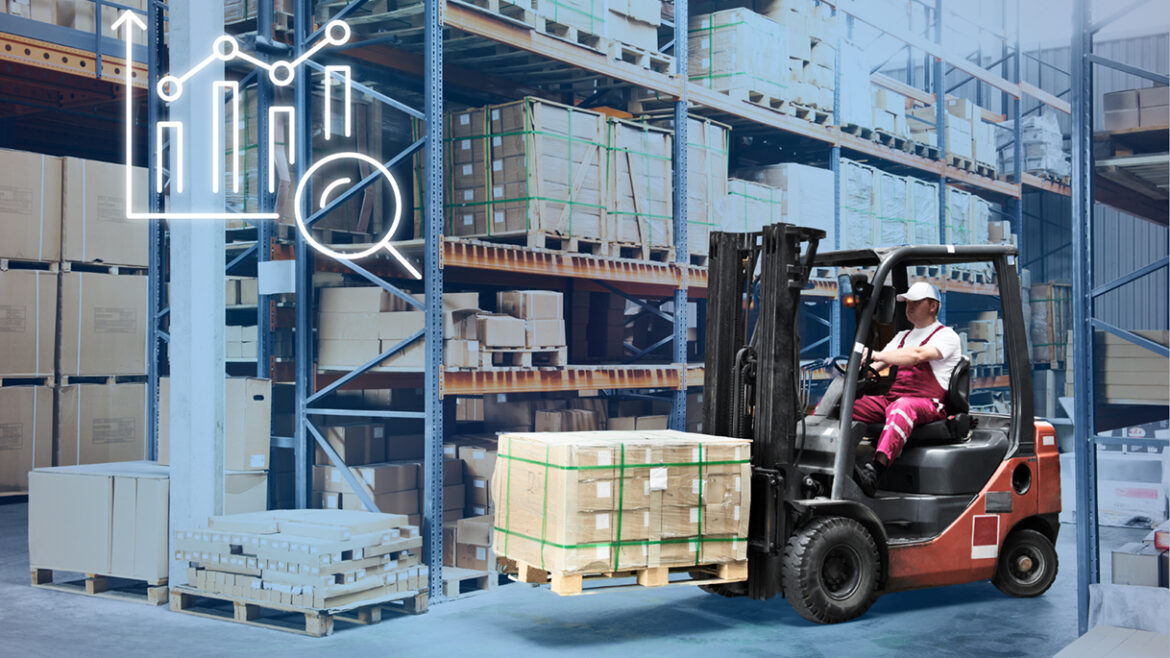What’s Really Driving Facility Safety Concerns?
Our Latest Poll Reveals the Top Safety Threats
We recently asked our team to rank, based on customer feedback, the most pressing facility safety challenges as well as top priorities when evaluating a collision avoidance system. While some results were expected, others were eye-opening.
Top Facility Safety Challenges
The biggest concern? Danger Points—specifically blind spots and sharp-turn corners. These hazards were closely followed by several other common friction points in today’s dynamic industrial environments:
- Danger Points (blind spots, sharp corners)
- High-Traffic Zones, Crowded Workspaces, and Heavy Workflow
- Fast-Paced Warehouse Environments
- Narrow Aisles
- Back-Up Hazards
- Busy Shift Changes
- New & Inexperienced Workers
- Complacent Operators
- Large Containers with Blind Spots
- Fatigued Workers, esp. end-of-shift and/or 3rd shift workers who need an extra set of eyes
What Matters Most in Collision Avoidance Evaluation?
When it comes to selecting a collision avoidance system, the #1 consideration was no surprise: Work-Related Injury Costs. With the average medical claim for a struck-by incident exceeding $40,000, and fatalities averaging $1.39 million, the stakes are high.
- Work-Related Injury Costs
- Protecting Productivity
- Ability to Identify Safest—and Least-Safe—Drivers
- Access to Decision Intelligence Tools
- Capturing Zone Breaches with Time-Stamped Photos for Accountability
- System Accuracy
- OmniPro as a Training Tool (OmniPro trains workers and pedestrians to tune into their environment and be more alert for potential hazards)
- Need for Space Conservation & Unobstructed Field of View (OmniPro hub/cameras are compact)


